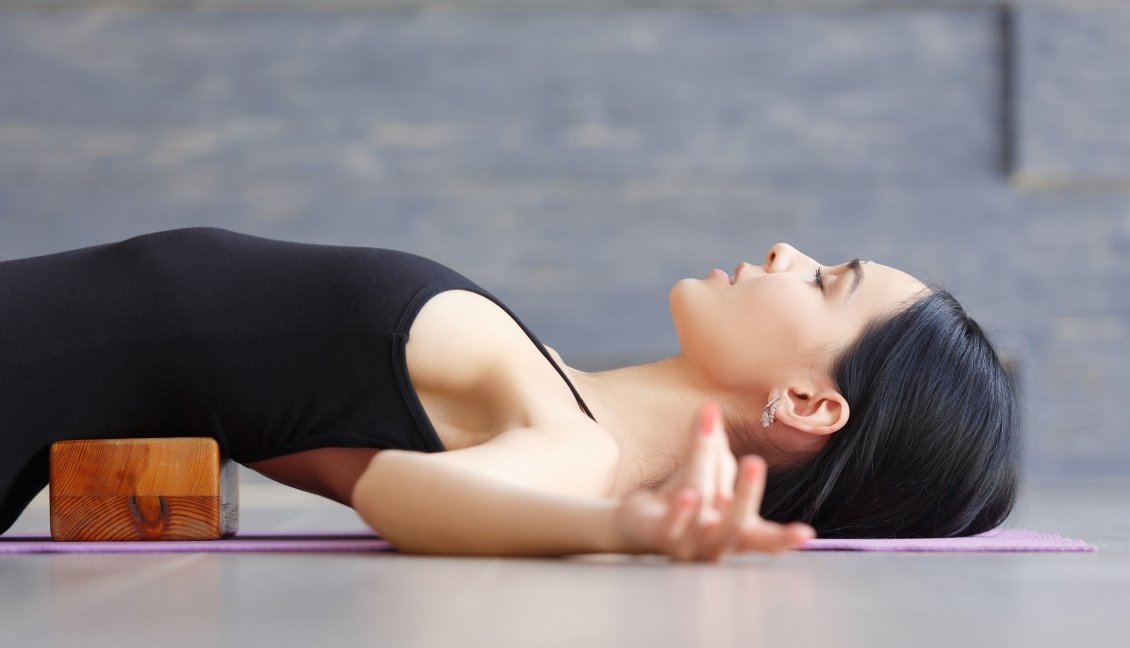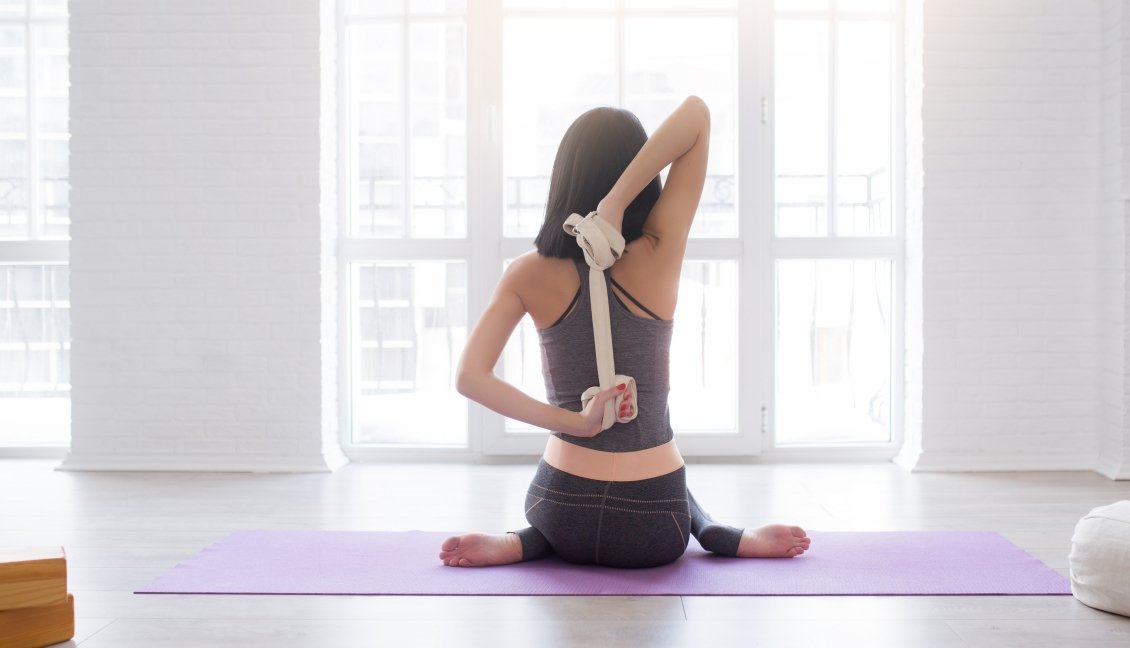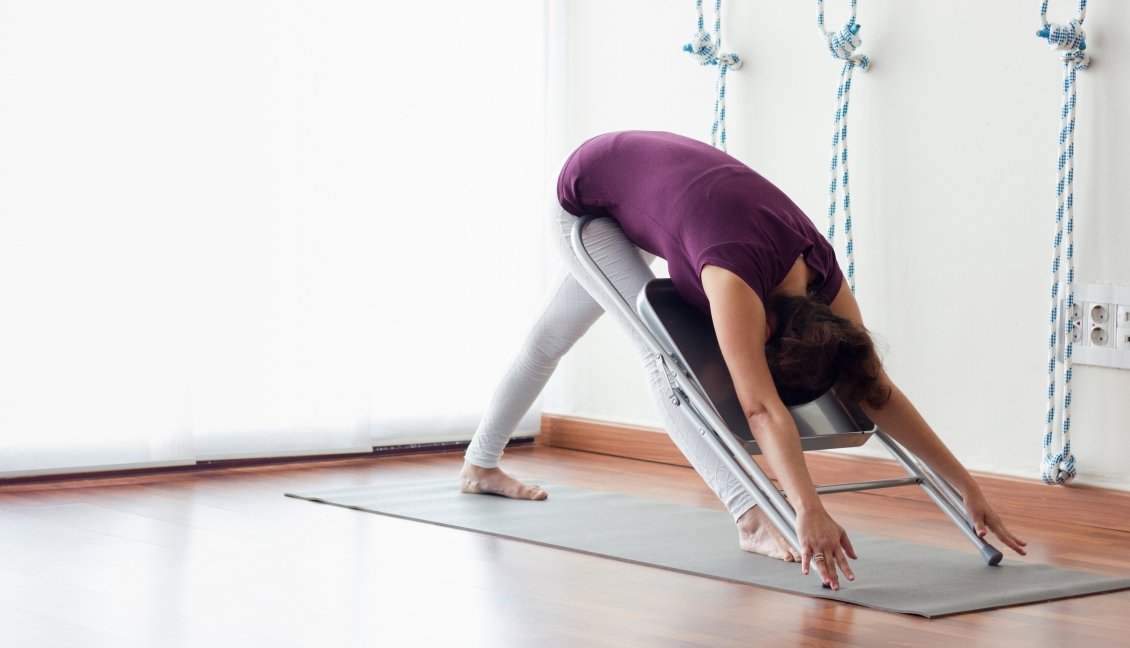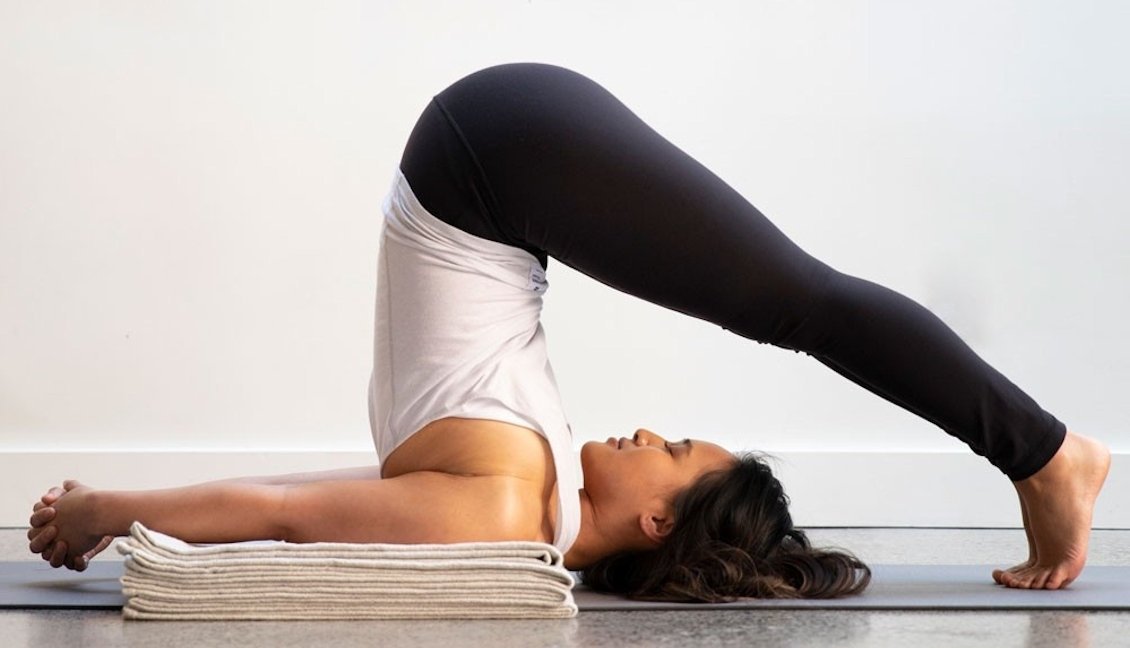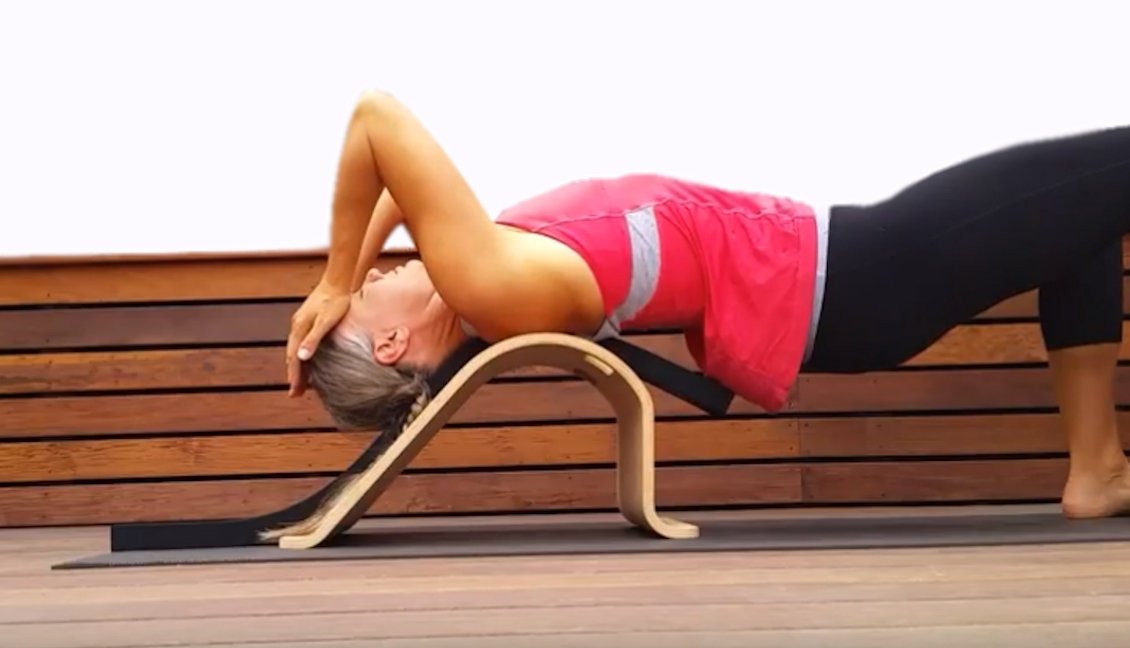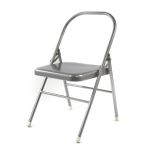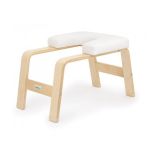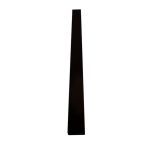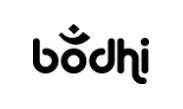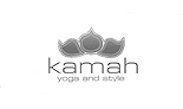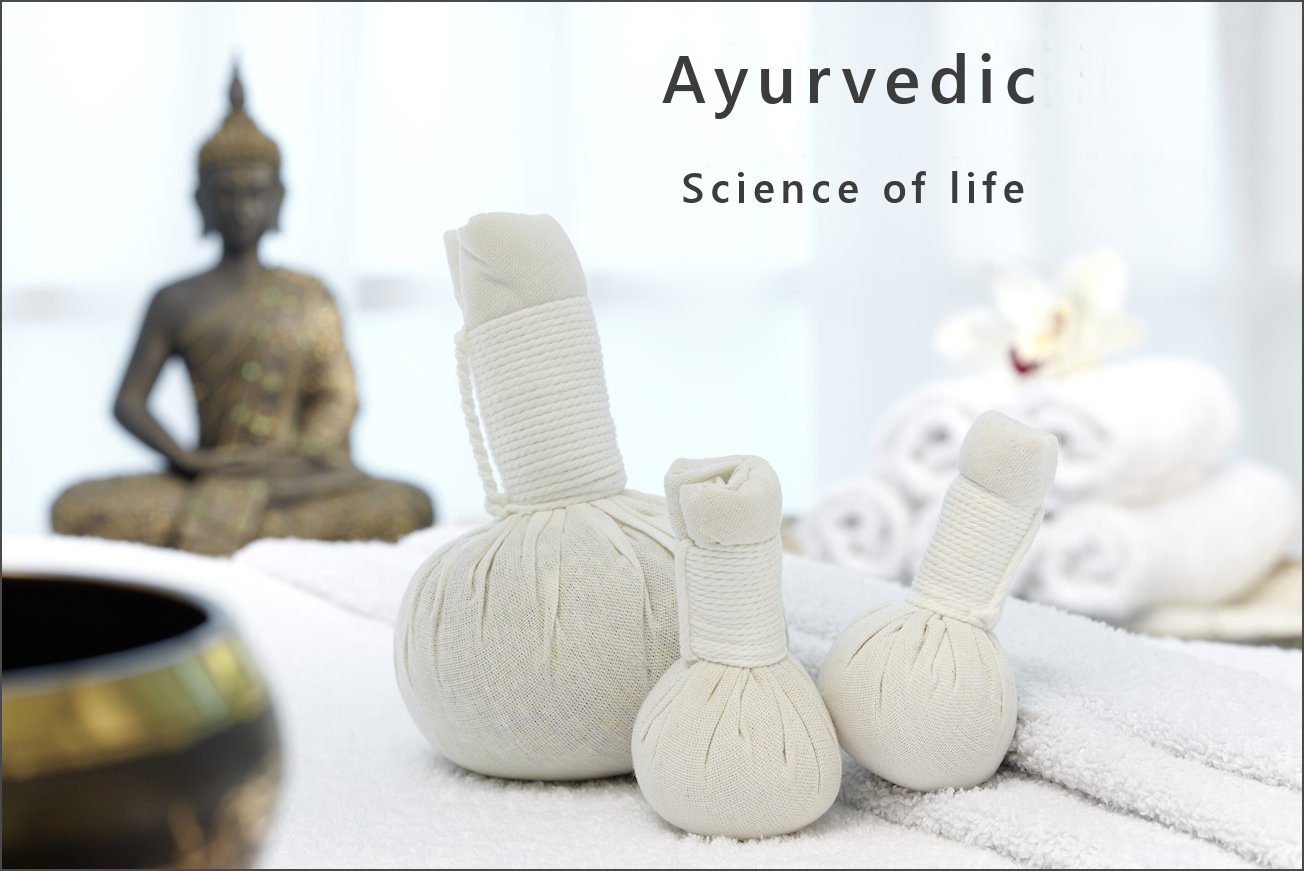What makes Iyengar Yoga different?
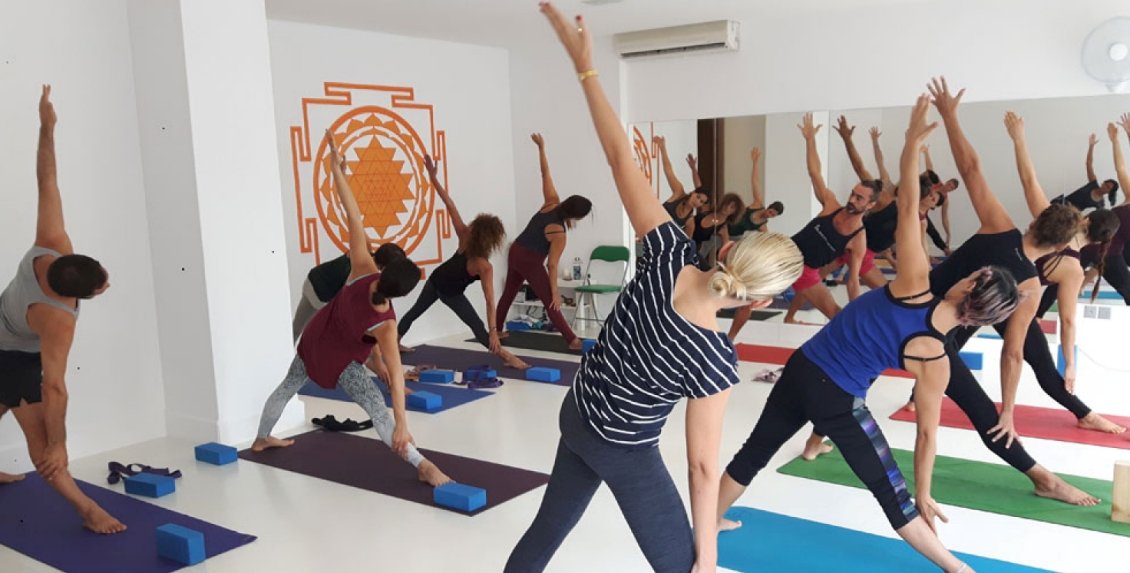
What is Iyengar Yoga?
Iyengar Yoga is a very powerful and active form of yoga, developed by and named after BKS Iyengar in the sixties. Iyengar Yoga is a very precise style of yoga, with the emphasis on precision and alignment. The exercise is all about the details of your respiratory control (pranayama) and posture (asana) and is excellent for building strength and flexibility. Iyengar Yoga is a refined system of hundreds of yoga exercises and asanas that allows optimal control and development of the body can be achieved, this also has a profound effect on your mental state. Iyengar Yoga is great for learning the subtleties of correct alignment for all ages and levels.
Iyengar Yoga different from other yoga classes
Iyengar Yoga is for everyone. It is world's most widely practiced form of yoga. Iyengar Yoga teachers are well qualified and experienced to help each student find their own level in each pose. Yoga props are useful for making every pose accessible to everyone.
Because Iyengar Yoga focuses on alignment, you will discover that it is very good physically and mentally. By paying careful attention to anatomical details and the alignment of each posture, Iyengar Yoga is the exercise of precision. Postures are maintained for long periods and often adjusted with props. This method is designed to systematically cultivate strength, flexibility, stability and awareness and can be therapeutic for specific circumstances.
Even though you feel that an Iyengar yoga class moves at a slower pace than other types of yoga classes, you will find that it is hard work and therefore quite intensive.
Why do you use so many props in an Iyengar Yoga class?
In an Iyengar Yoga studio you will always find a wide range of yoga tools such as blocks, blankets, belts, chairs and bolsters. These yoga accessories are there to help every student find the right alignment in a pose. Using props, students can hold positions in alignment. The props enable students to perform the asanas correctly, minimize the risk of injury or strain and make the postures accessible to young and old, even if you have chronic conditions or if you are physically inadequate.
What tools are used in Iyengar Yoga?
Yoga tools that we all know, such as yoga belts, yoga blocks and yoga bolsters, were invented by BKS Iyengar. At yoga studios focused on Iyengar Yoga you will encounter props that you may never have seen before, such as wooden backbenders, ropes attached to the wall and special yoga chairs.
Yoga block
With a yoga block you get extra support and stability during your yoga exercises. A yoga block is one of the most used yoga accessories for support during Iyengar Yoga. The block helps to extend your body if you are not flexible enough in certain exercises.
Yoga blocks are available in different materials. At Yogitri foam blocks are the most advantageous, followed by cork and bamboo blocks.
Yoga belt
Yoga belts help you to stretch, and to do it correctly. With a yoga belt you minimize the chance of injury due to overstretching or over-rotation. It is a tool for more elongation and flexibility while maintaining the correct alignment in the posture. With a yoga belt you can deepen the stretch or stretch more and hold postures longer.
For example, a fine and good yoga belt is a belt from Yogitri or Bodhi. The Yogitri and Bodhi yoga belts are made of non-elastic organic cotton and available in different colors. The belts are equipped with a buckle closure or a D-ring at the end. The reason for this is that you can make a loop and use the belt in different ways.
Yoga ropes
In Iyengar yoga studios you often see ropes in a loop that are attached to the wall. The ropes are mainly used for the back, where you use traction on the spine, thus reducing the pressure of compressed intervertebral discs. Gravity is a natural form of resistance, through which the body opens itself much further.
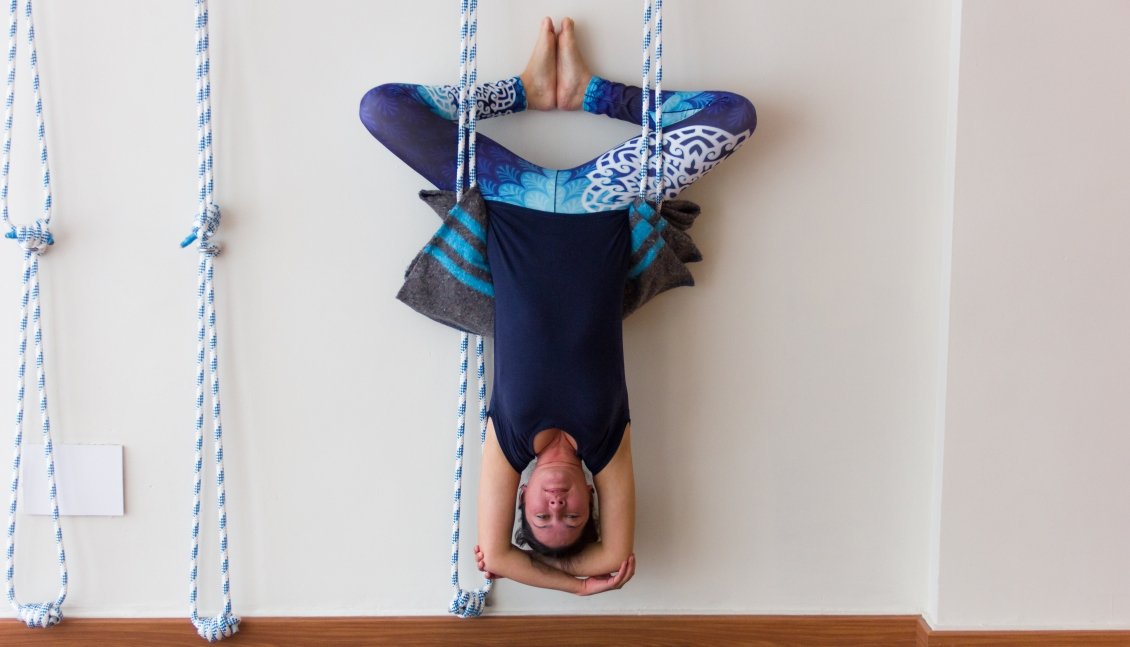
Yoga chair
A yoga chair is used by Iyengar Yoga as a tool for standing yoga postures that are too difficult, or as support for back bends, twists and other postures that are normally too strenuous.
The solid yoga chair from Bodhi resembles an ordinary folding chair, but because the back part is missing makes this chair perfect for yoga.
Yoga bolster
Yoga aids are almost always part of an Iyengar Yoga class, but are not always necessary. These tools are not there to complicate exercises, but to simplify them and make them accessible to everyone. As a beginner, it is always good to be accompanied by a teacher when it comes to props. An experienced teacher can advise each individual on how and when props should be used.
Yogitri and Bodhi's yoga pods are available in three types; the round yoga window, the rectangular yoga window and the pranayama yoga column. Each of these bolsters has its own advantage and is used for different Iyengar Yoga postures.
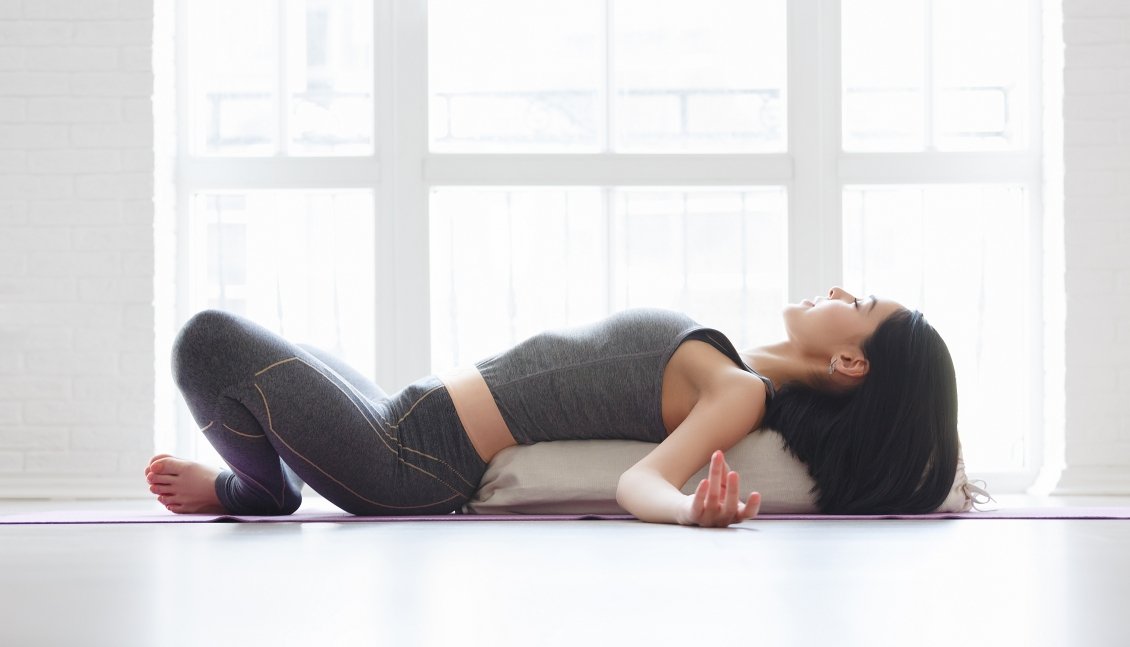
Yoga blanket
Blankets are a good alternative to cushions or bolsters when practicing Iyengar Yoga and can be rolled up or folded to suit your needs. Use a yoga blanket to relieve joints or under your shoulders for extra support.
The Yoga Blankets Pusa from Yogitri are made from sturdy organic cotton. These blankets are pleasantly warm and extremely comfortable to use during active or relaxation exercises.
Yoga backbender
Yoga backbenders, also called yoga benches or yoga backbend benches, are useful tools and are used in Iyengar yoga exercises. A yoga backbender helps you to move forward with different yoga poses. The backbender provides restorative relaxation and flexibility of the back during and after a yoga class.
A new variant of this is a yoga wheel. A yoga wheel is more than just a wheel. A yoga wheel is designed to help in stretching and releasing muscle tension in the back, shoulders, chest, abdomen and hips. You release tension with a yoga wheel. When you roll on the wheel, space is created in the spinal column and any muscle tension is removed. By using the wheel you get more flexibility. With a yoga wheel you can develop and strengthen your entire body in a safe and efficient way.
What can I expect from an Iyengar Yoga class?
It will depend on the teacher to some extent, but in general Iyengar Yoga classes are often fairly calm and considered. The lesson builds up for one and a half hours with series of asanas including standing and balanced yoga postures. Then the exercises slow down a bit in terms of doing inversions and sitting postures. You generally end up with a 10-minute relaxation that usually lies in silence.
If it is a more advanced lesson, you will do more strenuous postures and hold them longer. Sometimes poses are composed as sequences that move from one pose to the next instead of breaking in between.
Iyengar Yoga teachers vary in amount of instructions they give. Some talk, others only give the minimum instructions. In general, it is good lessons because the teachers are usually well trained.
We are very curious about your experiences with Iyengar Yoga and which yoga tools you like to use. Post a comment below and stand a chance of winning € 50 Yogitri Shop Credit.

 French
French German
German Nederlands
Nederlands
